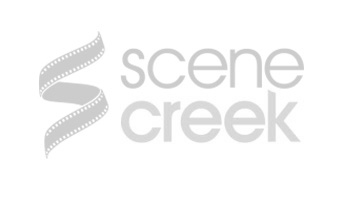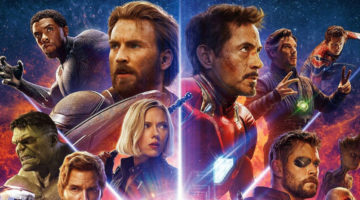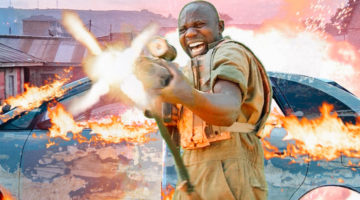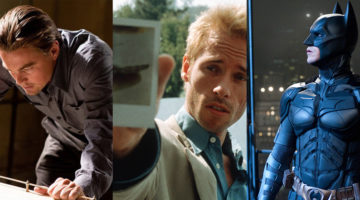The Indocile Image: The Cinema of Med Hondo Preview
Perhaps flying under the radar, with summer and the Olympics, and higher profile retrospectives going on is TIFF’s retrospective entitled The Indocile Image: The Cinema of Med Hondo. Presented by TIFF Cinematheque and Curated by Aboubakar Sanogo, professor at Carleton University in Ottawa, here are our 5 reasons to see this retrospective, which runs until August 16th.
- The counter-programming is fantastic timing. At this point in the cinematic year, much of what is available in cinemas is either last chance escapist and blockbuster fare, or else it’s Award Season films that have come out a little too early in the season. Even at the TIFF Bell Lightbox, the retrospectives currently playing are fascinating, as deep dives into Hitchcock and Truffaut, Éric Rohmer and Brian De Palma are all intertwined and reflect a current film that re-examines the artist. The Indocile Image, though, exists because Sanago asked TIFF’s Director of Film Programmes, and he said yes after watching Soleil Ô for only a few minutes. The glaring need for a retrospective that explores African history and African cinema at a time of year that is really more appropriate than February is absolutely essential.
- Med Hondo. Unlike certain other retrospectives, the directors themselves are deceased, cannot attend, or worse, do not even know that they are going on. Hondo himself is going to be present at his own films this weekend until Sunday, and this is a huge, huge deal. Hondo does not attend Cannes, the place where his first feature screens. He does not go to Berlin or Venice. Yet after receiving an invitation from TIFF, he made time in his busy schedule to attend. Being close to the creator of a film in an intimate space; watching the director watching the film, well, it’s a memorable experience in and of itself.
- Once again, Med Hondo. This man is so fascinating to watch speak. In his presence, he seems at first to be calm, unaffected, mellow. But when he begins speaking, his voice rises and he becomes more and more animated, (and keep in mind, he is speaking in French, mainly). It’s certainly a sight to behold and to hear. The introductions and Q & A’s for the retrospective will be memorable, and the fact that he is here and available is helpful, as his films are the start of a dialogue, which was mentioned.
- His films. Hondo is something of an iconoclast, and Soleil Ô is replete with allusions to religion, and language, colonialism, displacement, immigration. Many of the allusions are combative, and though his films are not from today, it is difficult to imagine a modern auteur being allowed this sort of freedom and autonomy, for it seems what Hondo wasn’t allowed to say, he placed in his films instead. Even now, especially now, his films speak to being unsettled, and immigration is a hot-button issue in our time.
- The awareness of African cinema. Name an African director, quick. The names Neill Blomkamp or Hood may come to mind. Perhaps Ousmane Sembene, who passed away in 2007. Though Hondo’s film are vital, they are rarely available, exist mainly in bootlegs if at all, and are being presented in 35mm. What is more, and even though the two are unrelated, TIFF is showcasing Lagos, Nigeria as its focus for City to City this year. To say that African Cinema is underrepresented is too put too fine a spin on it. African cinema, especially the Diaspora of African Cinema is essentially unknown, and Hondo is a vital link to history, and, one would hope, to the future of film within a continent that suffers from a lack of representation.






